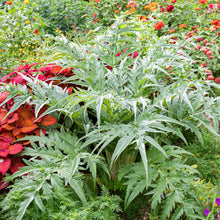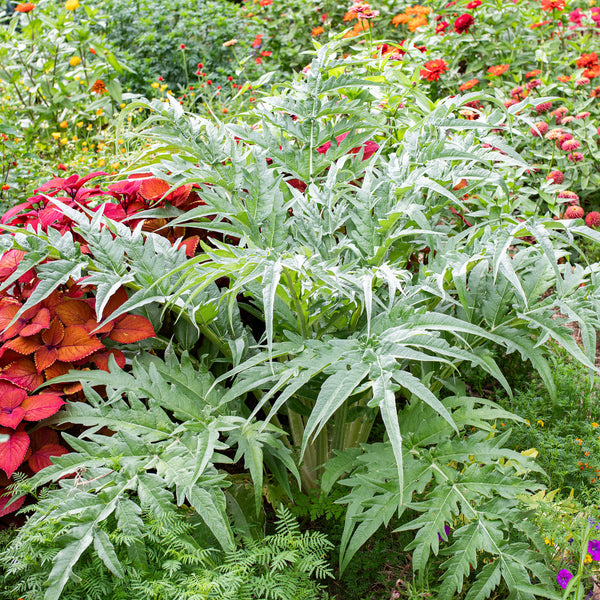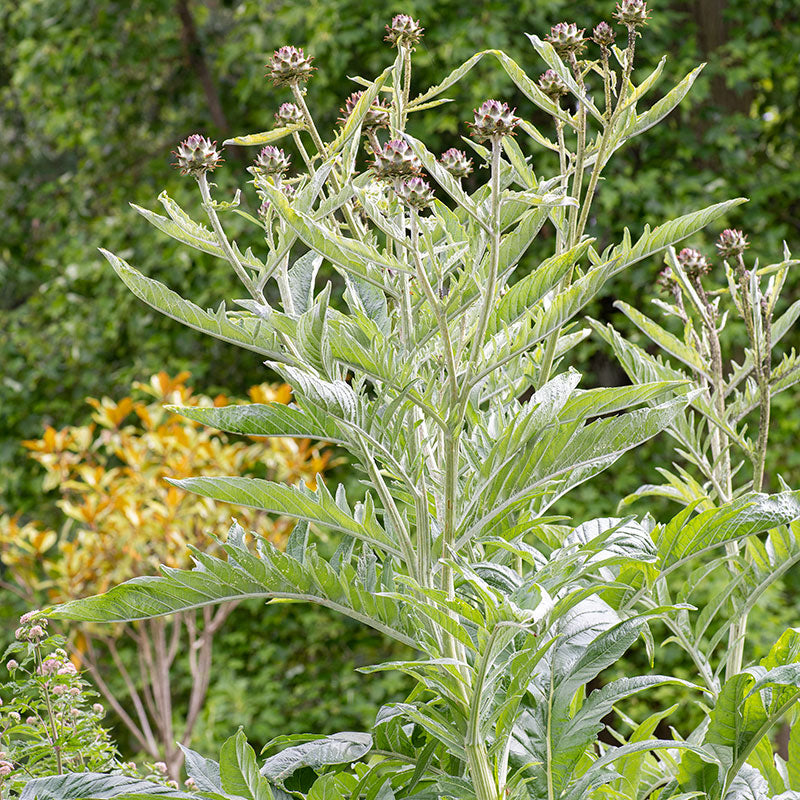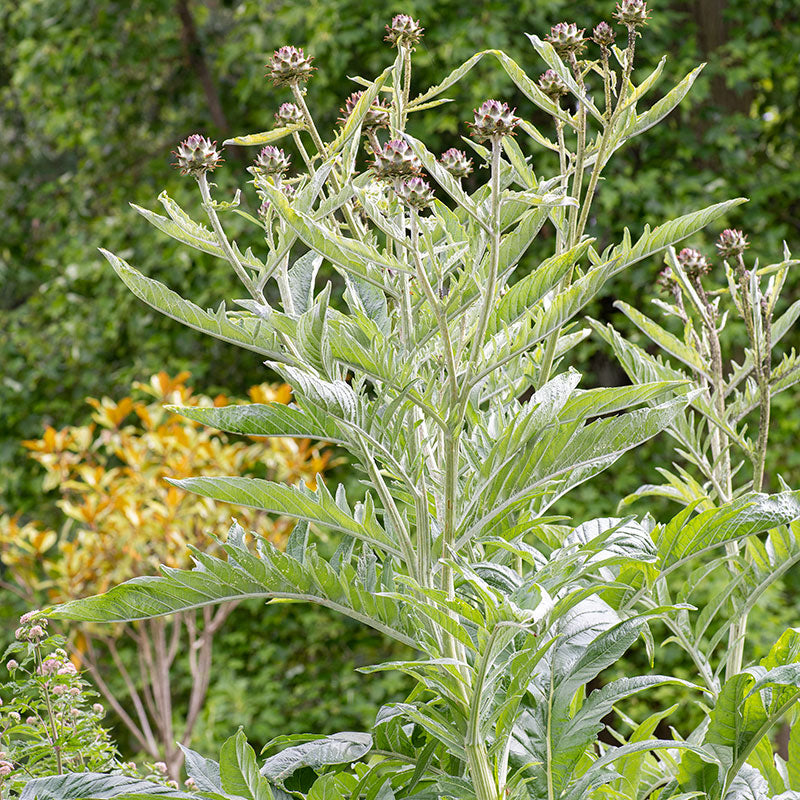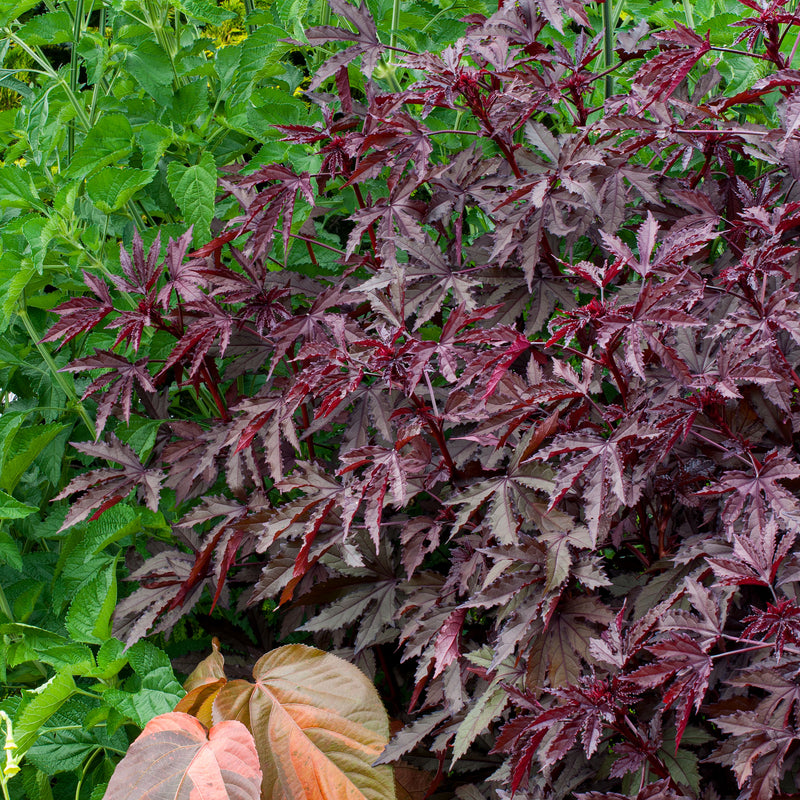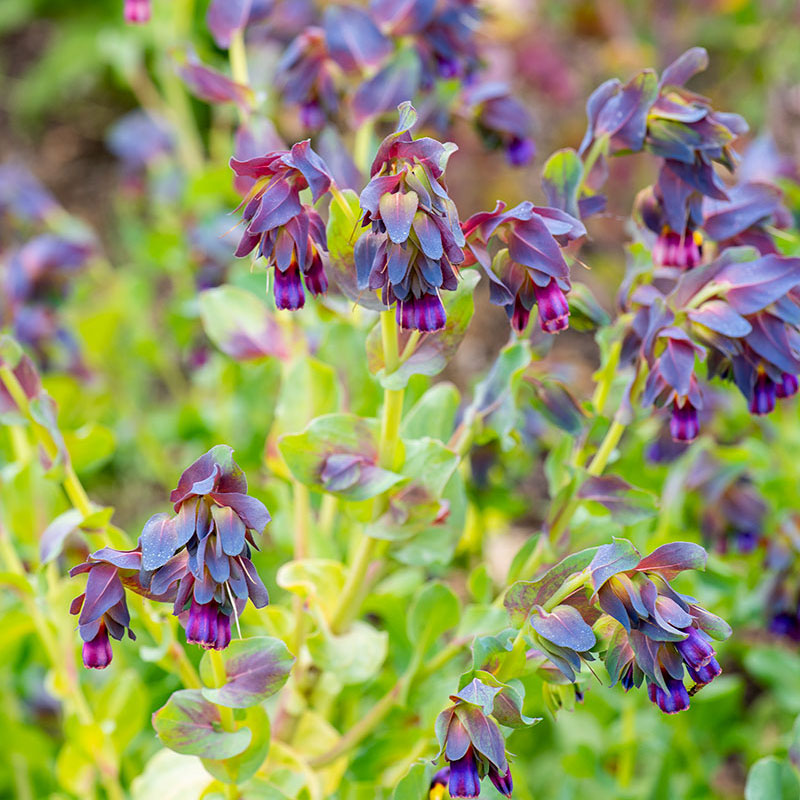Seed Packet
Cardoon
Cynara cardunculus
By late summer, this architectural wonder is head and shoulders above most other flowers in borders and vegetable gardens. The grey-green cut leaves are gorgeous, and the burly stems hold up large thistle-like lavender flowers that bloom late summer and fall in longer season areas. Cardoon has a long history of culinary use from medieval times to colonial America The stalks were blanched by hoeing earth around the bound stalks, like celery and endive, and eaten as a winter vegetable.
SKU #S222
Growing Companions































